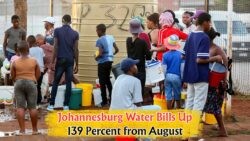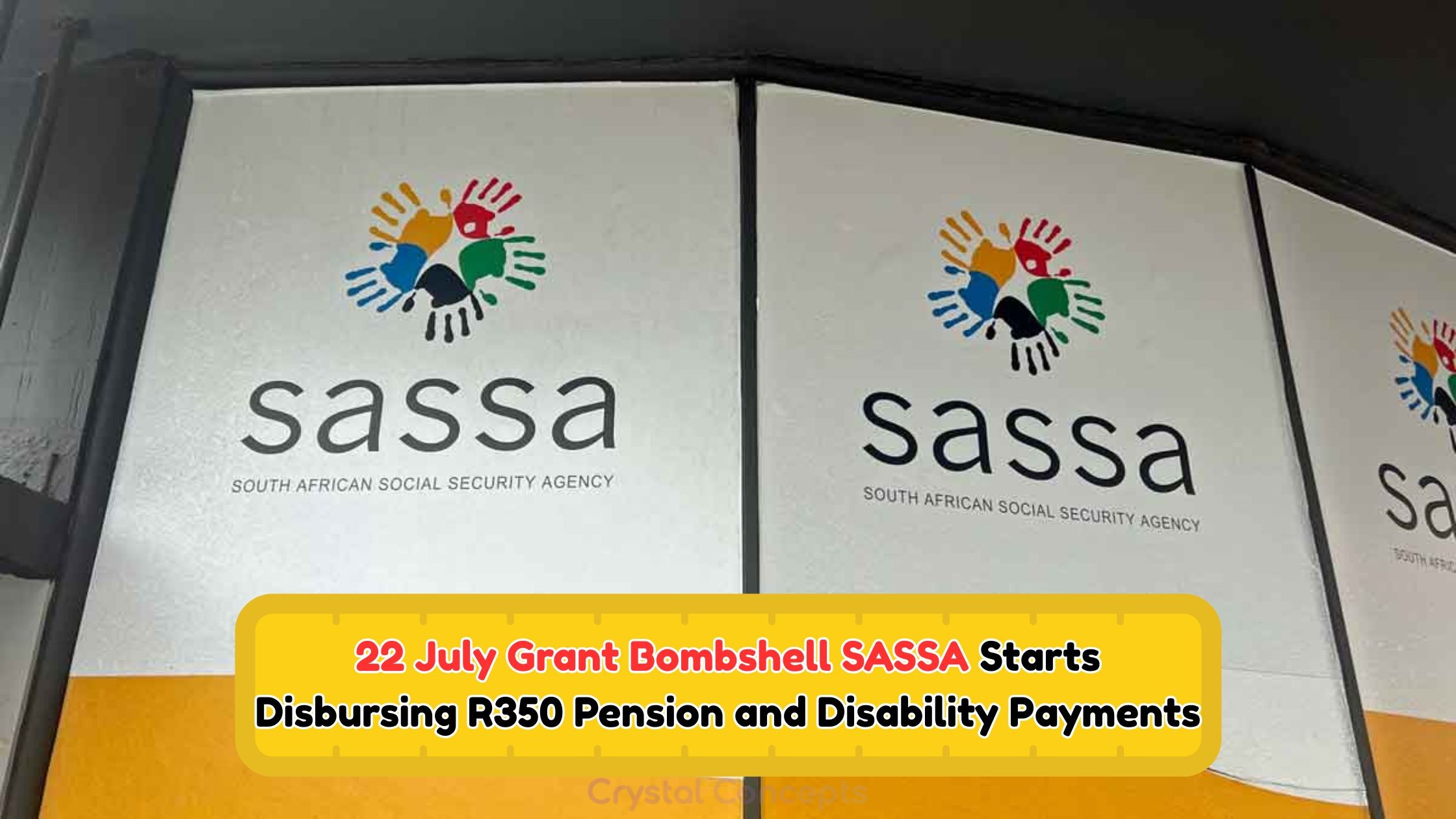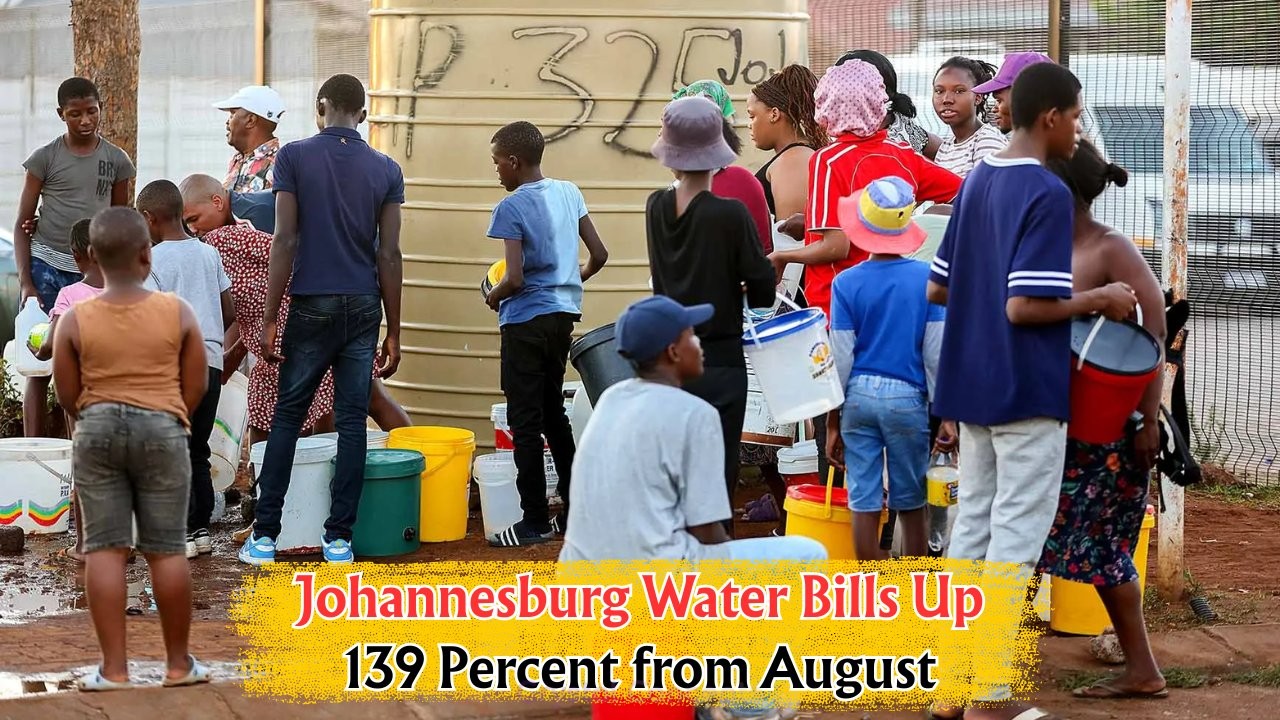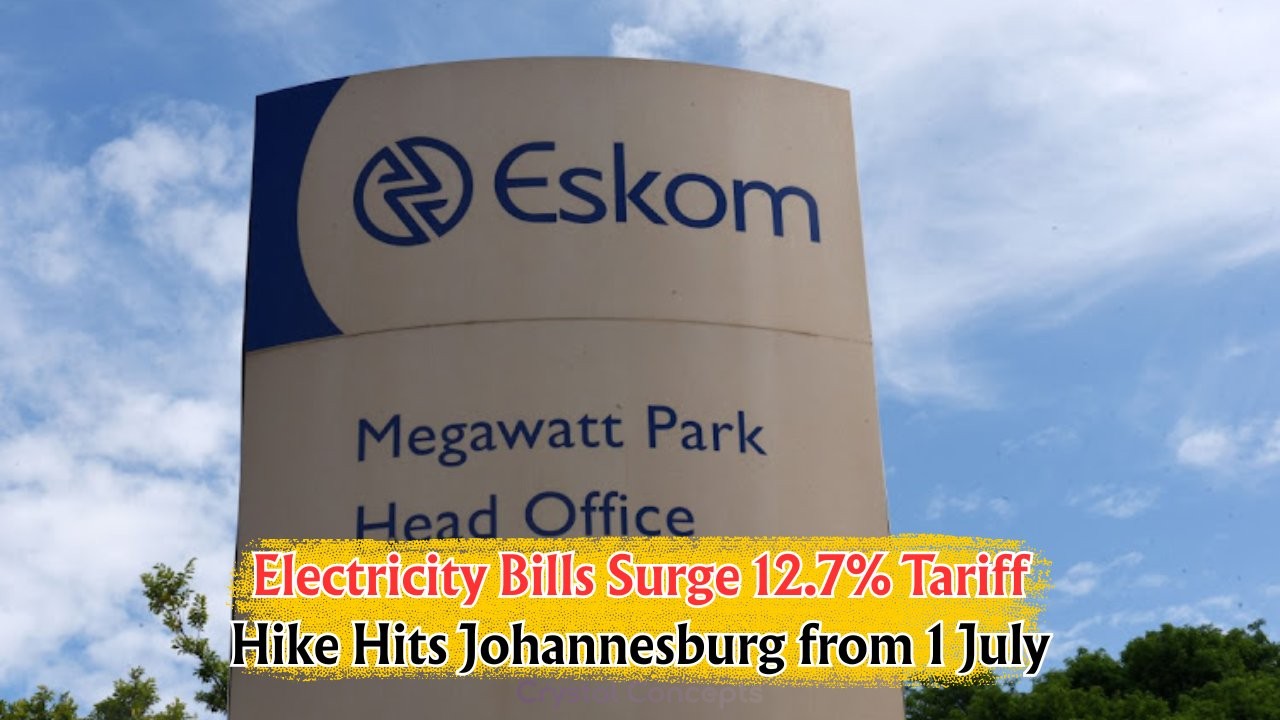Grant Boost in 2025: As South Africa looks towards 2025, the prospect of increased grant payments is on the horizon, stirring both excitement and curiosity among citizens. The South African Social Security Agency (SASSA) is considering a significant change that would see pensioners and children receiving up to R3,000, a move that could potentially alleviate financial strain for many families. This proposed grant boost seeks to address the escalating cost of living and provide a safety net for the most vulnerable populations in the country. As discussions continue, many are hopeful that this financial relief will become a reality, enhancing the quality of life for countless South Africans.
SASSA’s Vision for 2025 Grants
The South African Social Security Agency (SASSA) has always been at the forefront of providing financial assistance to those in need. Their vision for 2025 includes a strategic increase in grant payments to R3,000 for pensioners and children, a proposal that could mark a pivotal change in social welfare. This vision is driven by the understanding that the current economic climate demands a reevaluation of support systems. SASSA aims to ensure that every South African has access to basic necessities, thereby promoting social and economic stability.
- Addressing economic disparities
- Enhancing the quality of life
- Providing economic stability
Understanding the Impact
| Year | Pension Grant | Child Grant | Total Beneficiaries |
|---|---|---|---|
| 2023 | R1,980 | R1,080 | 18 million |
| 2024 | R2,100 | R1,150 | 19 million |
| 2025 (Proposed) | R3,000 | R3,000 | 20 million |
Potential Challenges of R3,000 Grant
While the proposed R3,000 grant increase is a beacon of hope for many, it also presents potential challenges. One of the primary concerns is the financial sustainability of such an initiative. Implementing this increase would require substantial budget adjustments and could potentially strain other areas of government spending. Additionally, there is the question of managing inflationary pressures that could arise from increased consumer spending. The government must carefully balance these factors to ensure that the benefits of the grant increase do not inadvertently lead to economic instability.
- Budget reallocations
- Inflation management
- Ensuring sustainability
Steps Towards Implementing the Grant Increase
The South African government is taking a phased approach towards the implementation of the proposed grant increase. Key steps include detailed feasibility studies and consultations with economic experts to assess the long-term implications. Additionally, SASSA is working closely with various stakeholders to ensure that the transition is smooth and that no beneficiaries are left behind in the process. Public feedback is also being sought to refine the implementation strategy and ensure that the initiative addresses the needs of all citizens effectively.
| Phase | Action | Timeline | Outcome |
|---|---|---|---|
| Phase 1 | Feasibility Study | 2023 | Initial Assessment |
| Phase 2 | Public Consultation | 2024 | Stakeholder Engagement |
| Phase 3 | Implementation | 2025 | Grant Increase |
Public Reaction to Proposed Grant Increase
The proposed increase in grant payments has sparked a range of reactions from the public. Many view it as a much-needed step towards addressing economic challenges and reducing poverty levels. For countless families, the prospect of additional financial support is a welcome relief, offering hope for a more secure future. However, there are also voices of skepticism concerned about the potential economic repercussions and the feasibility of sustaining such increases in the long term. As the government continues to deliberate, public sentiment remains a crucial factor in shaping the final decision.
- Hope for increased support
- Concerns about feasibility
- Anticipation for change
- Calls for transparency
Comparing Global Grant Systems
When comparing South Africa’s proposed grant increase with global systems, it’s clear that many countries are reevaluating their social safety nets. Nations like Sweden and Germany have established robust welfare systems that provide substantial support to their citizens. In contrast, the proposed increase in South Africa represents a significant shift towards aligning with these international standards. This comparison highlights the global trend of increasing social support to ensure that all citizens have access to basic needs and can live with dignity.
| Country | Average Grant |
|---|---|
| Sweden | €1,200 |
| Germany | €1,000 |
| South Africa (Proposed) | R3,000 |
| Brazil | R$600 |
Financial Planning for Beneficiaries
For beneficiaries, planning financially in light of the proposed grant increase is crucial. Recipients are encouraged to develop budgeting strategies to maximize the benefits of the additional funds. This includes prioritizing essential expenses, setting aside savings, and potentially investing in small-scale ventures to enhance financial stability. By planning effectively, beneficiaries can ensure that the increased support translates into long-term economic security.
- Budgeting essentials
- Setting savings goals
- Investing wisely
- Maximizing benefits
FAQ: Understanding the SASSA Grant Increase
How will the R3,000 grant affect current beneficiaries?
Beneficiaries can expect an increase in their monthly payments, which will aid in covering more living expenses.
When will the proposed changes take effect?
The changes are slated for implementation in 2025, following a comprehensive feasibility study and public consultations.
Is the R3,000 grant sustainable?
The government is conducting studies to ensure that the grant is economically sustainable without causing inflation.
Who qualifies for the R3,000 grant?
The grant is aimed at pensioners and children, aligning with current eligibility criteria.
What should beneficiaries do in preparation?
Beneficiaries are advised to engage in financial planning to make the most of the increased grant payments.










